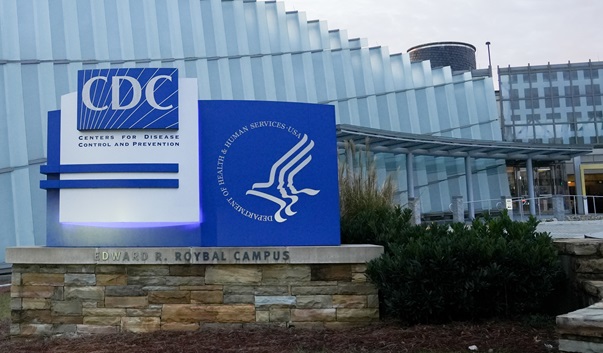STIs, including syphilis, gonorrhea, increasing globally: WHO
Written by ABC Audio ALL RIGHTS RESERVED on May 21, 2024

(NEW YORK) — The number of sexually transmitted infections (STIs) around the world is increasing and is a “major concern” for health officials, according to a new report published Tuesday from the World Health Organization (WHO).
The report found four curable STIs — chlamydia, gonorrhea, syphilis and trichomoniasis — are responsible for more than 1 million infections daily among adults between ages 15 and 49. Cases of syphilis, in particular, have been rising rapidly.
The number of new syphilis cases among adults between ages 15 and 49 increased from 7.1 million in 2020 to 8 million in 2022, according to the report.
There have also been increases in the rate of congenital syphilis, which occurs when a baby is born with the infection after the mother passed it on during pregnancy. Between 2020 and 2022, the rate per 100,000 live births per year rose from 425 to 523.
The global trends mirror those seen in the United States. A Centers for Disease Control and Prevention report released earlier his year found the total number of syphilis cases increased more than 17% to 207,255 between 2021 and 2022, reaching the greatest number of cases reported since 1950.
The report also found that cases of antibiotic resistant gonorrhea are increasing, which was labeled another “concern.” As of 2023, nine countries reported elevated levels — from 5% to 40% — of resistance to ceftriaxone, which is considered a last line treatment for gonorrhea.
Data points to a lack of screening for the rise in STIs as well as other issues including a lack access to care. Additionally, disruptions caused by the COVID-19 pandemic likely delayed screening for many.
“The rising incidence of syphilis raises major concerns,” WHO Director-General Dr Tedros Adhanom Ghebreyesus said in a statement. “Fortunately, there has been important progress on a number of other fronts including in accelerating access to critical health commodities including diagnostics and treatment.”
“We have the tools required to end these epidemics as public health threats by 2030, but we now need to ensure that, in the context of an increasingly complex world, countries do all they can to achieve the ambitious targets they set themselves,” the statement continued.
Not all trends showed an upward trajectory, in 2022, the number of people newly infected with HIV globally fell to 1.3 million from 1.5 million, according to the report. However, the WHO notes that certain populations — men who have sex with men; people who inject drugs; sex workers; transgender people; and those currently in prisons and other closed settings – continue to be disproportionately affected by HIV.
In a press release, the WHO noted there have been gains in expanding STIs, HIV and hepatitis services and several countries have eliminated mother-to-child transmission of HIV and/or syphilis.
To drive rates down, the report outlines some recommendations including accelerating efforts to decriminalizes and destigmatize those affected by STIs and other infections as well as strengthening the focus on primary prevention, diagnosis and treatment to raise awareness of STIs and infections.
Copyright © 2024, ABC Audio. All rights reserved.
 KVSP
KVSP 




